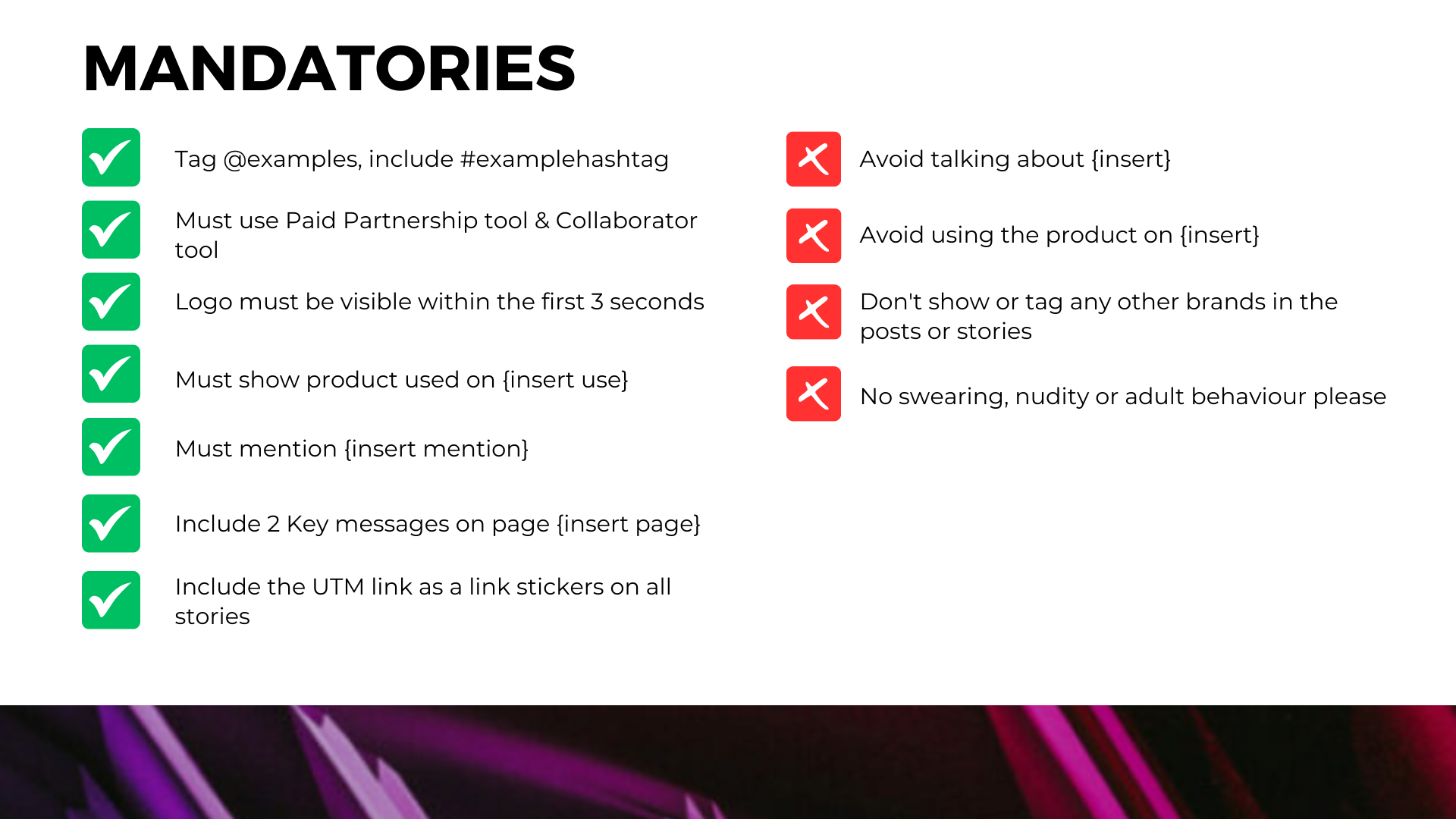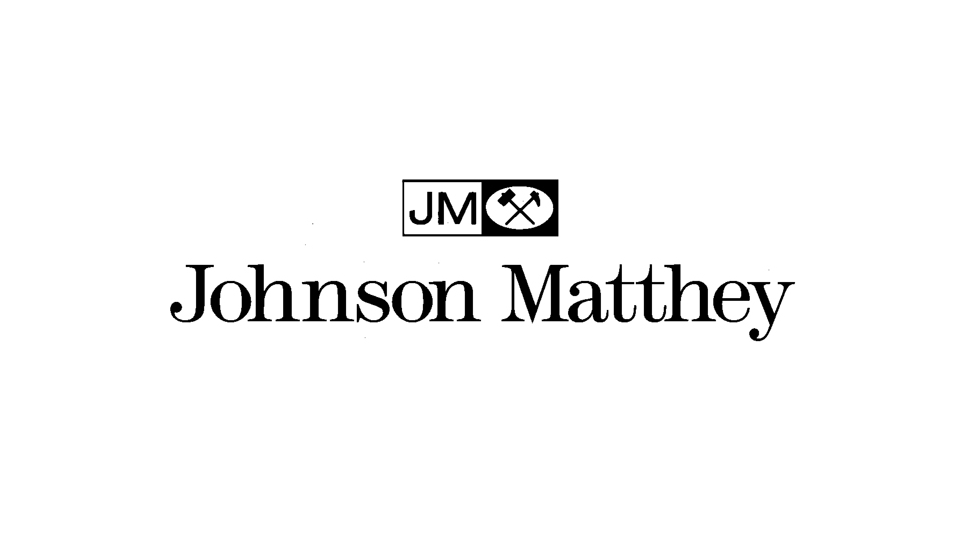Mastering Briefs: Improve Communication And Project Success

Table of Contents
The Anatomy of a Perfect Brief: Key Components for Clarity
A successful project begins with a clear and comprehensive brief. This section outlines the key components that contribute to a perfect brief, setting the stage for effective project management and communication.
Defining Objectives and Goals: Setting SMART Goals
Clearly defined objectives are paramount. They provide the roadmap for the entire project. Remember the SMART criteria: Specific, Measurable, Achievable, Relevant, and Time-bound.
- Poorly defined objective: "Improve website traffic." (Too vague, lacks quantifiable metrics)
- Well-defined objective: "Increase website traffic by 25% within the next quarter, measured by Google Analytics." (Specific, measurable, achievable, relevant, and time-bound)
Quantifiable metrics are crucial. Success criteria should be clearly stated, allowing for objective assessment of progress and achievement. Aligning project goals with the overall project strategy ensures everyone works towards a common vision.
Target Audience and Context: Understanding the Recipient's Needs
Understanding your audience is critical. Tailor your brief to their level of understanding and expertise.
- Technical teams require detailed specifications, while less technical stakeholders need a more concise overview.
- Provide sufficient background information to ensure everyone is informed.
- Anticipate potential questions and address them proactively in the brief to avoid confusion and delays.
Scope and Deliverables: Clearly Defining Boundaries and Outcomes
The scope of the project should be explicitly defined, including what is included and, crucially, what is excluded. This helps prevent scope creep, a common cause of project delays and budget overruns.
- Define deliverables with specific examples. Instead of "design a website," specify "design a three-page website with a contact form, blog section, and e-commerce functionality."
- Use visual aids like diagrams or flowcharts to illustrate complex processes or relationships. These enhance understanding and reduce ambiguity.
Timeline and Milestones: Establishing a Realistic Project Schedule
A realistic timeline is essential for successful project completion.
- Set clear deadlines and milestones, using Gantt charts or other project management tools to visualize the schedule.
- Incorporate buffer time to account for unforeseen delays or obstacles. This prevents rushing and ensures quality.
Budget and Resources: Specifying Allocation and Constraints
Transparency about budget and resources is crucial for realistic project planning.
- Detail resource allocation, including personnel, tools, and materials.
- Clearly outline budget constraints and potential trade-offs.
Effective Communication Strategies for Briefs
Even the best-written brief is ineffective without effective communication strategies.
Active Listening and Feedback: Encouraging Participation
Active listening fosters collaboration.
- Employ techniques like paraphrasing and summarizing to ensure understanding.
- Solicit constructive feedback throughout the process. Iterative feedback loops improve the brief and ensure alignment.
Clear and Concise Language: Avoiding Jargon
Use plain language, avoiding technical jargon whenever possible.
- Employ simple sentence structures and active voice.
- Use visual aids to supplement text and enhance comprehension.
- Always proofread carefully to eliminate errors.
Visual Aids and Formatting: Enhancing Readability
Visual elements greatly improve understanding.
- Use charts, graphs, and images to convey complex information concisely.
- Employ clear headings, subheadings, and bullet points to break down information into manageable chunks.
- Choose an appropriate font and layout to enhance readability.
Choosing the Right Communication Channel: Selecting the Best Medium
The choice of communication channel impacts effectiveness.
- Email is suitable for concise briefs, while in-person meetings are best for complex projects requiring discussion and collaboration.
- Video conferencing can bridge geographical distances.
- Project management software centralizes communication and facilitates collaboration.
Mastering Briefs: Improving Project Outcomes and Team Collaboration
Mastering the art of briefing leads to significant improvements.
Measuring the Success of Your Briefs: Tracking Key Metrics
Track key metrics to evaluate the effectiveness of your briefs.
- Analyze project completion rates, budget adherence, and client satisfaction to identify areas for improvement.
- Regularly review and refine your briefing process based on this data.
Building a Culture of Effective Briefing: Fostering Clear Communication
Cultivate a culture of clear communication within your organization.
- Provide regular training on brief writing and delivery.
- Encourage open communication and feedback at all levels.
- Implement project management tools to streamline the briefing process.
Conclusion: Mastering Briefs for Sustainable Project Success
Mastering briefs is not merely a skill; it's a crucial element of successful project management. Clear objectives, effective communication, and the strategic use of visual aids are key components of a winning strategy. By implementing the strategies discussed in this article, you'll improve project outcomes, foster better team collaboration, and significantly reduce communication breakdowns. Improve your project briefs today and experience the transformative power of clear communication in achieving sustainable project success!

Featured Posts
-
 The Border Mails James Wiltshire Reflecting On A Decade Of Images
May 23, 2025
The Border Mails James Wiltshire Reflecting On A Decade Of Images
May 23, 2025 -
 Trucking News And Insights Big Rig Rock Report 3 12 99 7 The Fox
May 23, 2025
Trucking News And Insights Big Rig Rock Report 3 12 99 7 The Fox
May 23, 2025 -
 Zak Starkey Returns As The Whos Drummer Pete Townshend Confirms
May 23, 2025
Zak Starkey Returns As The Whos Drummer Pete Townshend Confirms
May 23, 2025 -
 Tahar Rahims Transformation For Julia Ducournaus Alpha
May 23, 2025
Tahar Rahims Transformation For Julia Ducournaus Alpha
May 23, 2025 -
 Bt Financial Performance Impact Of Johnson Mattheys Divestment
May 23, 2025
Bt Financial Performance Impact Of Johnson Mattheys Divestment
May 23, 2025
Latest Posts
-
 Reserve Budgetaire De 8 6 Milliards Usd En Coree Du Sud Face Aux Defis Economiques Et Naturels
May 23, 2025
Reserve Budgetaire De 8 6 Milliards Usd En Coree Du Sud Face Aux Defis Economiques Et Naturels
May 23, 2025 -
 8 6 Milliards De Dollars Pour La Coree Du Sud Gestion Des Droits De Douane Et Des Catastrophes Naturelles
May 23, 2025
8 6 Milliards De Dollars Pour La Coree Du Sud Gestion Des Droits De Douane Et Des Catastrophes Naturelles
May 23, 2025 -
 Coree Du Sud Un Budget De 8 6 Milliards De Dollars Pour Contrer Les Droits De Douane Et Les Catastrophes Naturelles
May 23, 2025
Coree Du Sud Un Budget De 8 6 Milliards De Dollars Pour Contrer Les Droits De Douane Et Les Catastrophes Naturelles
May 23, 2025 -
 Oscar Piastris Miami Grand Prix Victory A Mc Laren 1 2 Finish
May 23, 2025
Oscar Piastris Miami Grand Prix Victory A Mc Laren 1 2 Finish
May 23, 2025 -
 F1 Season Mc Larens Pace And The Path To Victory
May 23, 2025
F1 Season Mc Larens Pace And The Path To Victory
May 23, 2025
